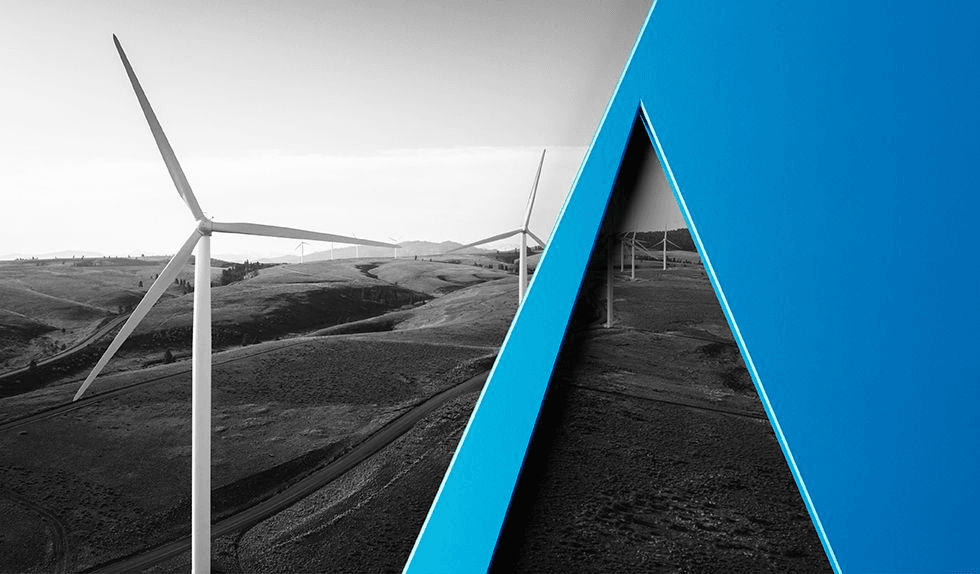Background
Section 205 of the FPA establishes the procedures for setting the rates of FERC-regulated public utilities. Under current Section 205, FERC has 60 days to act on a public utility rate filing by issuing an order approving, denying or setting the proposed rate for administrative hearing. If FERC fails to act within this statutory time frame, the proposed rate automatically takes effect. But such inaction—that is, the failure to approve, deny or set for hearing a proposed rate—can have consequences beyond the rate becoming effective.
In September 2014, FERC was operating with only four Commissioners—as opposed to its usual five—due to a vacancy resulting from a recent departure. Unable to agree on whether to approve or set for hearing a rate filing by ISO New England, Inc. (ISO-NE),3 the four Commissioners took no action on the filing within 60 days. The day after the 60-day period expired, FERC’s Office of the Secretary issued a Notice of Filing Taking Effect by Operation of Law (the “Notice”), which stated that ISO-NE’s filing “became effective by operation of law” pursuant to Section 205 “in the absence of Commission action”—in this instance, resulting from a 2-2 deadlock among the Commissioners.
Several entities petitioned the U.S. Court of Appeals for the D.C. Circuit for review of the Notice and a subsequent notice from FERC’s Secretary dismissing requests for rehearing of the Notice. But in Public Citizen, Inc. v. FERC, the D.C. Circuit found that FERC’s “deadlock [did] not constitute agency action” and thus the notices describing the effects of the deadlock were not “reviewable orders” under the FPA.4 However, the court invited a legislative fix, noting that “[a]ny unfairness associated with this outcome inheres in the very text of the FPA. Accordingly, it lies with Congress, not this Court, to provide the remedy.”
The Proposed Legislative Remedy
The Fair RATES Act seeks to remedy the type of situation that arose in connection with the ISO-NE filing by adding the following sentence to the end of Section 205(d): “Any absence of action by the Commission that allows a change to take effect under this section, including the Commission allowing the sixty days’ notice herein provided to expire without Commission action, shall be treated as an order issued by the Commission accepting such change for purposes of section 313 [of the FPA].” In other words, such lack of FERC action—even in the case of a deadlock—would be treated as a final FERC order subject to rehearing and judicial review, which would provide interested parties with additional administrative and legal means to oppose rate filings with which they disagree.
1 Public Citizen, Inc. v. FERC, 839 F.3d 1165 (D.C. Cir. 2016).
2 An identical version of H.R. 587 stalled in 2016 after passing in the House (H.R. 2984). In February 2016, Sen. Markey introduced an identical Fair RATES Act in the Senate, S. 2494, which also failed to gain traction.
3 ISO-NE, among other things, administers the FERC-jurisdictional energy markets in New England.
4 16 U.S.C. § 825l (2012) (“Any party to a proceeding under this chapter aggrieved by an order issued by the Commission in such proceeding may obtain a review of such order in the United States court of appeals for any circuit . . . .).



